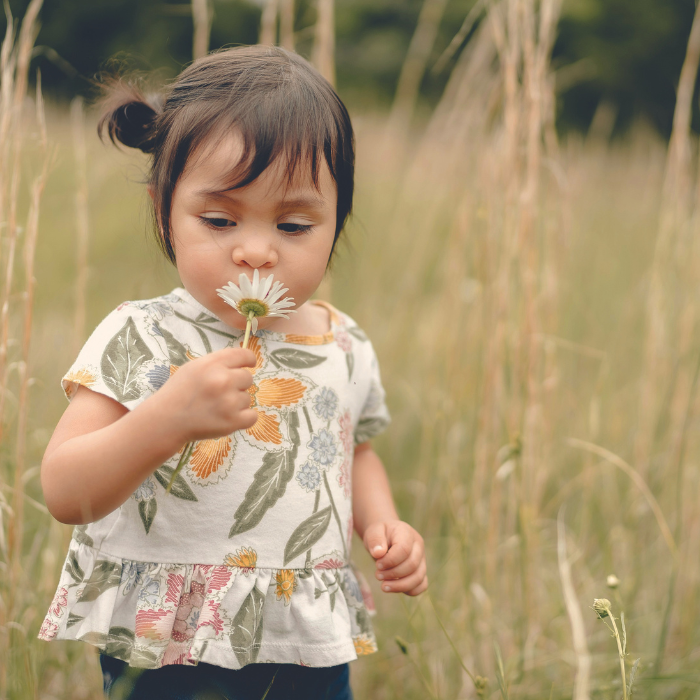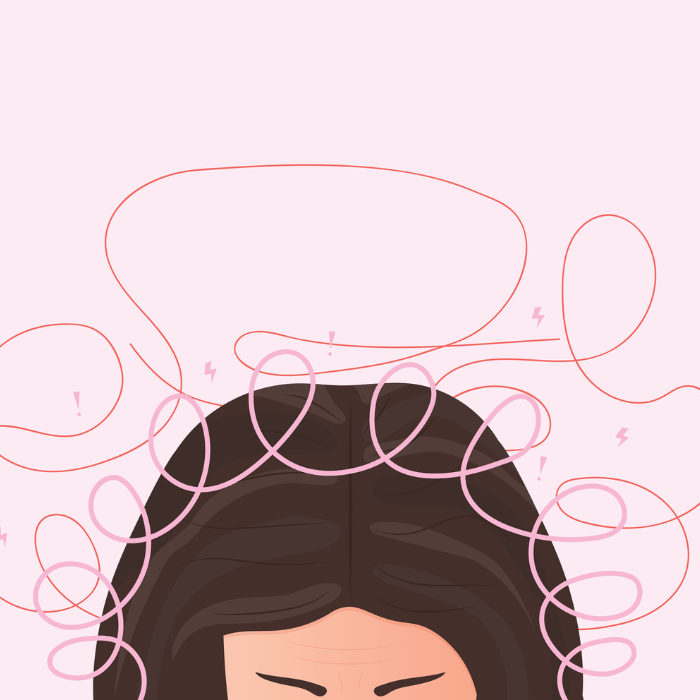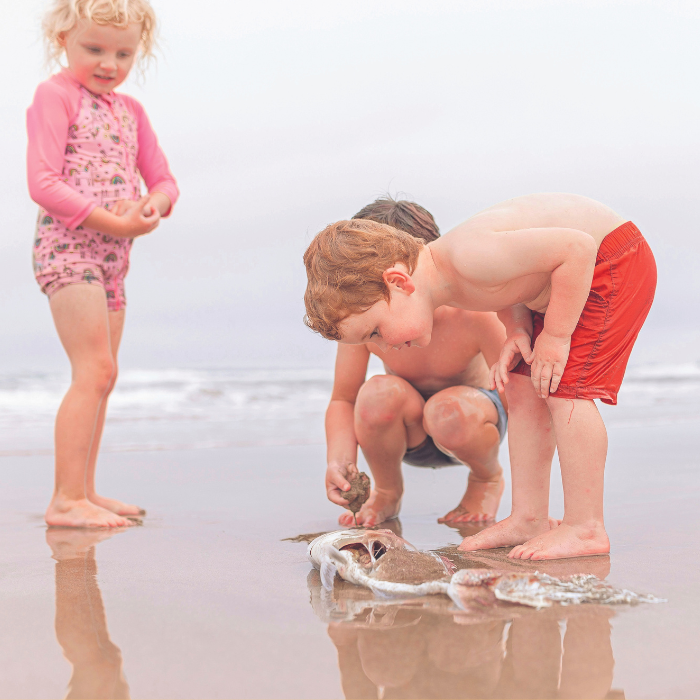
As society grows more receptive and accepting, our children are becoming more open and fluid about their identities. For parents, this can feel challenging to navigate, but the most important thing is that our kids feel loved, supported, and safe.
Kids these days have much more freedom and opportunity to express themselves and explore their identities. Society is progressing beyond the “pink is for girls, blue is for boys” way of thinking and into a realm where gender doesn’t need a rigid all-or-nothing definition. For our kids, gender identity is more about being yourself above all else – and this often means stretching society’s handed-down “rules” about gender.
FIRST, SOME DEFINITIONS
Here are some basic definitions of terminology used when we talk about gender identity.
SEX: The biological characteristics a person possesses. Sex is usually assigned at birth based on what you can visually see of your child’s genitals. From these visual cues, we usually assume a child with a penis is a boy, and a child with a vagina is a girl.
AMAB: Assigned male at birth.
AFAB: Assigned female at birth.
GENDER IDENTITY: Your personal, individual, internal awareness and sense of who you are, which may or may not reflect your assigned sex at birth.
GENDER EXPRESSION: How you express your gender identity to the outside world.
NONBINARY: A person who does not identify as solely male or female.
AGENDER: A person who does not identify as either male or female.
TRANSGENDER: A person who identifies with a gender that is not the same as the sex they were assigned at birth.
This is not an exhaustive list and these definitions continue to evolve as we grow in understanding and acceptance. For people who are gender diverse, it’s important they have the autonomy to define themselves, and their self-definition may be more nuanced, or more broad, than these definitions allow.
WHY DOES GENDER IDENTITY MATTER?
Many people who are assigned female at birth feel like they are girls, and likewise for many people who were assigned male at birth. Some people may be assigned male at birth but identify as female. Some people may be assigned female at birth but identify as male. Some people may not identify as male or female, but feel like they identify with both genders, or neither gender.
If you feel like your gender identity matches the sex you were assigned at birth, you might wonder what the big deal is and why gender identity matters to other people so much. The reality is that throughout history and in many cultures around the world, people who didn’t conform to the binary genders of “male” and “female” have faced discrimination, violence, and even death.
Honouring, affirming, and celebrating a person’s gender identity and expression is a human right to which we are all entitled.
“When my child told me they are nonbinary, it was challenging at first, particularly to get their pronouns correct (they now use they/them pronouns). They explained that they don’t feel like a girl or a boy, just a person. I’m glad they trusted me enough to tell me, because I want them to be true to themselves and to know I’m on their side always.”
NAVIGATING GENDER DIVERSITY
As parents, it’s important to listen to our children, and provide them with a safe space to experiment and discover who they are. That’s why, if your child or their friends share with you that their gender identity is different to what they were assigned at birth, you affirm and support them. It’s okay to ask appropriate, kind questions and to encourage your child to talk to you about what they are feeling and experiencing, and how they would like to go forward. It’s also okay to seek help so that you can ensure you are supporting your child in the most loving, accepting way you can.
You might feel like there’s an “epidemic” among your child and their friends of kids changing their gender identity and expression and even their names, more than once, throughout school and as they grow up. “Epidemic” is a negative word that isn’t appropriate here. Your child is engaging in a perfectly normal process of discovery. Children and especially teenagers face so many difficulties as they grow and develop, and struggling with gender identity on top of all the other hormonal changes they’re dealing with – not to mention friendship difficulties, changing schools, NCEA and exams, relationships – should be as little of a burden as possible.
Think back to your own experiences as a young person. You probably experimented with aspects of your identity and expression, and if your parents didn’t like it or didn’t agree with it, you may have hidden those parts of yourself, or engaged in behaviours that were dangerous on the sly, hoping you didn’t get caught (or worse). If your child has had the courage to share that they are gender diverse, that means they trust you – and the way to build that trust is to support and affirm them.

WHERE TO FIND OUT MORE
If you have questions or want to learn more about gender identity and expression, there are some wonderful resources available. Here are some you may find helpful. Many large centres in New Zealand have local organisations and groups too.
OUTLINE – LET’S TALK: A Resource Guide for Parents outline.org.nz/parents
RAINBOWYOUTH – GENDER 101 ry.org.nz/gender-101
INSIDEOUT – insideout.org.nz
HOHOU TE RONGO KAHUKURA OUTING VIOLENCE – TOOLBOX FOR PARENTS: KIDS AND GENDER bit.ly/3vQfnQZ
GENDER MINORITIES AOTEAROA – genderminorities.com
NZ PARENTS AND GUARDIANS OF TRANSGENDER AND GENDER DIVERSE CHILDREN – transgenderchildren.nz








